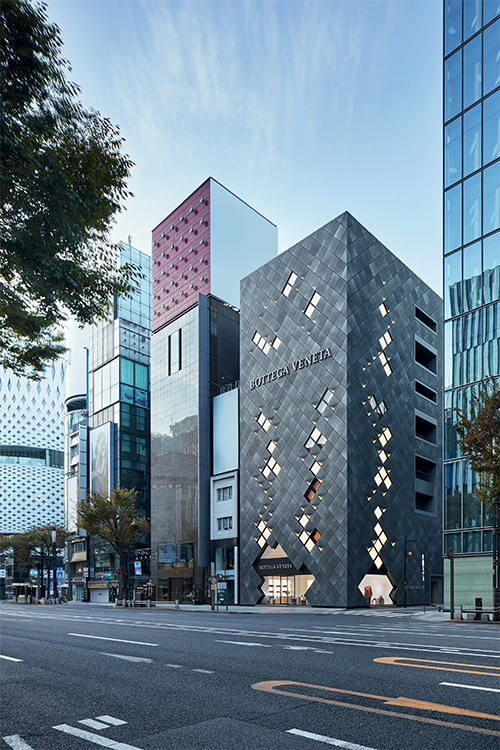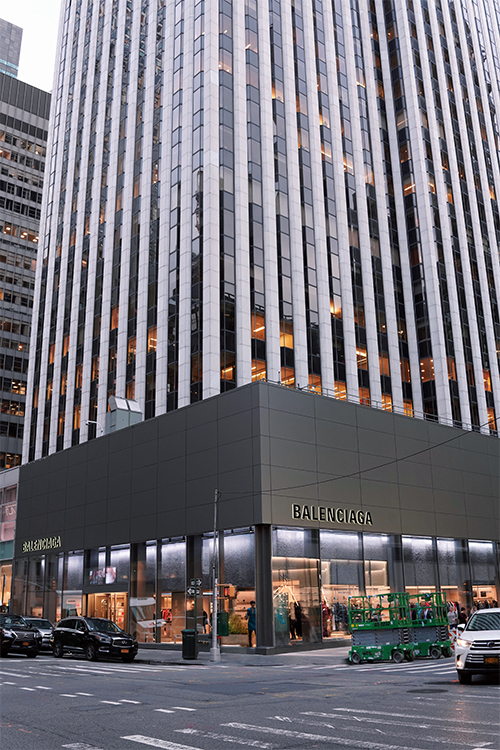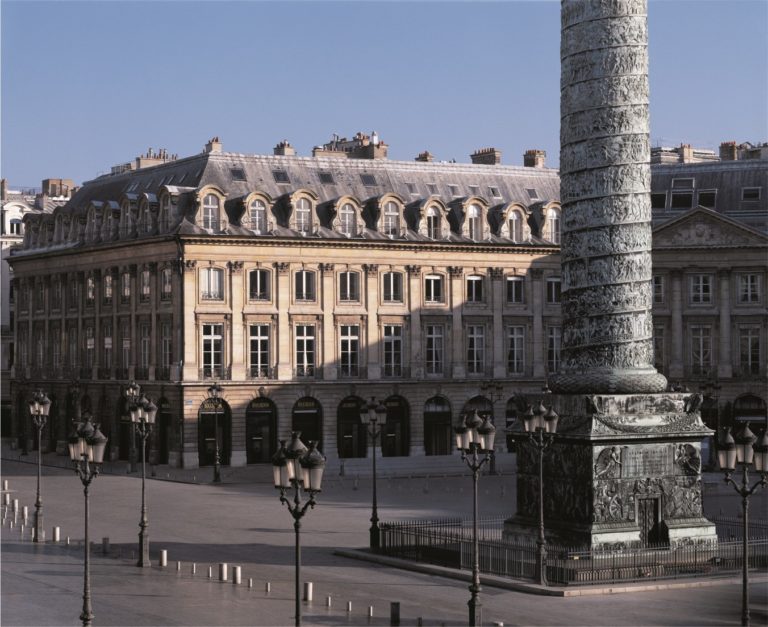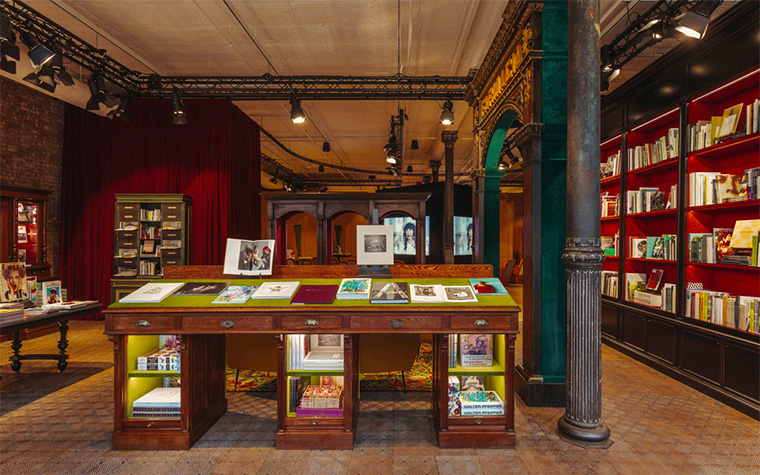Why luxury retail still needs real estate
Luxferity, 23.11.2019

Article by Sergi Villar, Kering’s Real Estate Director
New players, new locations, and new shopping habits have changed the luxury market dramatically in the past five years. But stores remain a “destination” for shoppers and tourists alike. Real estate is alive and well… and adapting. Here’s how, and why.
Urbanization is Global
In the last 10 years, urbanization has accelerated: 55% of the world now lives in cities and it is expected that 60% will do so by 2025. This has changed the real estate demand in cities from only mixed-use developments to omni-use complexes in which people live, work and play within the same seamlessly connected environment. That mirrors an increasingly hyper-connected and mobile urbanite lifestyle that blurs the line between personal and professional lives. Urbanization is also changing historic city centers, creating a concentrated demand for retail luxury resulting in a proliferation of high-end brand boutiques in unexpected neighborhoods. And there’s a knock-on effect: these in-town points of sale are becoming destinations for the luxury-hungry tourist and travel retail market is growing fast (+13 % since 2017) and was worth $79bn in 2018 (source: Generation Research). “Urbanization has historically been among the most significant influencers of real estate strategies for retailers,” says Sergi Villar, Kering’s Real Estate Director. “And today the pace of urbanization is accelerating.”
Shopping mall transformations
Real estate developers in the US are transforming empty shopping malls from simple retail properties into mixed-used projects with shopping, dining, and entertainment centers for the surrounding communities. Globally, similar mall projects with a large focus on entertainment are popping up in places such as K11 Musea in Hong Kong and Meydan One mall in Dubai, and in the Japanese cities of Tokyo, Yokohama, and Osaka where urban shopping centers next to train stations have become “Fashion Buildings” targeting younger shoppers. “Real estate is playing an important role in the rationalization of retail activities as consumer shopping habits evolve,” explains Sergi Villar.

Bottega Veneta store in Tokyo, Japan © Nacása & Partners Inc.
China is still an opportunity
The main real estate effort in China today is optimizing the existing luxury store network in Tier 1 cities such as Shanghai, Beijing, Shenzhen and Guangzhou and opening new flagships in Tier 2 cities such as Chengdu, Hangzhou and Nanjing. Kering has recently signed a multi-city, multi-mall, multi-brand agreement with one of the main Chinese property developers, Hang Lung. This strategy follows a change occurring in Chinese spending on luxury goods due to a series of moves introduced within the last year by the Chinese government – including lowering import duties and taxes on luxury goods – designed to shift luxury spending more and more to the domestic market. Projections estimate the Chinese will soon spend 50% of Luxury goods domestically, vs 24% in 2017 (source: Bain-Altagamma).
At the same time, real estate investments in places favored by Chinese inbound tourists – such as Southeast Asia, Australia and Canada – can’t be ignored. “China is still a key growth engine for the global Luxury market,” Villar points out, “and real estate has to provide a showcase for luxury brands, wherever the shopper is.”

Balenciaga store on Madison Avenue in New York, USA © Courtesy of Balenciaga
Sustainability matters
Real estate can be a powerful driver of the current global demand for sustainability by reducing building-related emissions through lighting and temperature controls; reduced use of water, gas, and electricity; reduced waste production, and increased recycling. These policies impact business, especially as sustainability matters more to the environmentally-conscious younger consumer than to previous generations. Millennials and GenZ will research online to learn about a brand’s supply chain, its sourcing, energy consumption, carbon footprint, social responsibility, sustainability, etc. What they find affects their buying decisions. “And buildings are the physical embodiment of a brand’s sustainability policy”, says Villar. This results in calls for new business models that make more efficient use of resources.

Boucheron store on place Vendôme, Paris, France
Young customers want both clicks and bricks
Stores are no longer simply points of sale; real estate developers create alluring, digitally-enhanced destinations with appropriate spaces for luxury experiences. Indeed, Millennials and GenZ don’t view offline and online shopping as two separate entities; they want to combine digital and physical shopping into an improved shopping experience. Gucci’s 10,000-square-foot “Wooster” store in New York’s SoHo, for example, has been furnished with comfy sofas, features a 3D film screening installation and sells everything from sneakers to dresses.
To coax digital natives into shopping in-stores, such amenities as restaurants, cinemas, bookshops, décor, and exhibition spaces are now part of a real estate strategy focusing on creating fewer but larger and better-equipped flagship stores in core luxury areas in global destination cities. What’s more, there is evidence that investing in bricks-and-mortar stores boosts web traffic and brand awareness – evidence that has already motivated pure online players to expand offline. “Real estate’s strategy for the future is clear: provide the platform for true omni-channel experiences that leverage the strengths of both physical and digital,” Sergi Villar concludes.

Gucci Wooster store in New York, USA © Courtesy of Gucci
Source: Luxury Highlights












